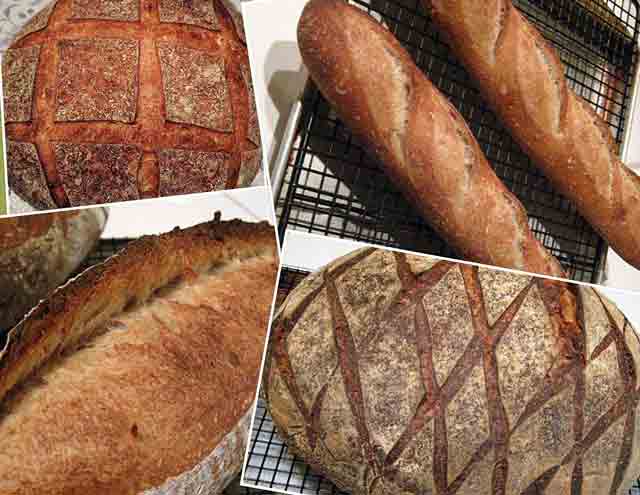Baguettes made with firm levain

I wanted to make some baguettes today. I had some excess active firm starter. I usually make sourdough baguettes with a liquid starter, and my best sourdough baguettes take two to three days to make, but why not try a formula for one day baguettes with firm starter?
I decided
To make 3 ficelles weighing 200 g apiece.
At 70% hydration.
Using 25% pre-fermented flour.








